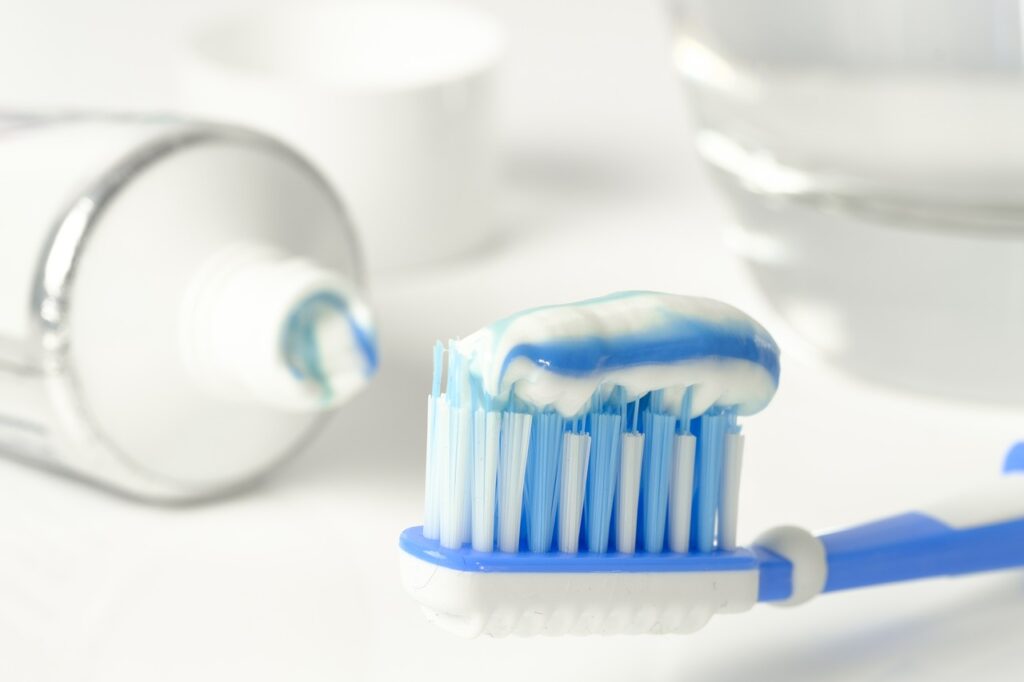There are conflicting theories about the use of fluoride for oral health – or at least they appear contradictory. In fact, it can be confusing since the use of fluoride has been promoted for many years as a benefit to children’s teeth. As it turns out, too much fluoride can be problematic because it can affect the enamel and cause your child’s teeth to deform or warp. Unfortunately, this can lead to the absorption of stains on the teeth. This condition is known as fluorosis.
Interestingly, despite the problems that can be caused, fluoride is actually beneficial because it can result in your child’s teeth becoming resistant to cavities. In other words, fluoride is necessary. The three most common ways in which fluoride is available to children include fluoridated toothpaste, fluoridated water, and topical fluoride. The least common of these is topical fluoride because it has to be administered by a dentist, but it’s just as effective and sometimes even preferred.
Generally speaking, fluoridated water is regulated by the state in which you live. State regulations started in the early 1900s when an extensive amount of research was conducted by dentists and researchers for many years. Their research revealed how fluoride actually affects teeth, including its many benefits. Subsequently, there were infrastructures implemented to ensure fluoride is contained in public water sources. Along with the benefits of having fluoride in water came the disadvantages of having too much fluoride in the water.
When it comes to problems associated with fluoride, parents should be diligent in monitoring the amount of fluoridated toothpaste used by their child. As it turns out, there’s a reason why dentists and toothpaste manufacturers recommend that children only use the amount of fluoridated toothpaste that’s the size of a pea. It’s because putting an amount greater than that might result in your child swallowing too much fluoride. Since most people brush their teeth every single day, sometimes twice a day, consuming too much fluoride is a real possibility.
Ingesting too much fluoridated toothpaste is not about it being poisonous, because that’s not the case. Instead, it’s about the potential of it causing fluorosis. Ingesting too much fluoridated toothpaste is actually one of the more common causes of fluorosis. It’s also worth noting that fluoride works most efficiently when a child’s teeth are still in the process of forming. Given the potential damage, your dentist might recommend not using a fluoridated toothpaste. This is actually why the use of topical fluoride administered by a dentist might be a better option.
In the event that you simply do not have the resources to enable the application of fluoride by a dentist, you have options. You can simply take extra precautions when it comes to selecting the type of toothpaste that you choose for your child. For instance, when shopping for toothpaste, look for a brand that has the amount of fluoride that’s appropriate for children whose teeth are still forming. Another way to address the issue is by teaching your child how to brush his or her teeth without ingesting any of the toothpaste.
Sometimes, teaching a child teeth-brushing techniques is easier said than done. However, like many other areas of life, it’s best to teach your child by example. You can actually demonstrate how to spit out toothpaste so that none of it is swallowed, while expressing the importance of only using a small amount of toothpaste on the toothbrush. In addition to the experience being a teaching opportunity, it can also serve as quality time with your child.


